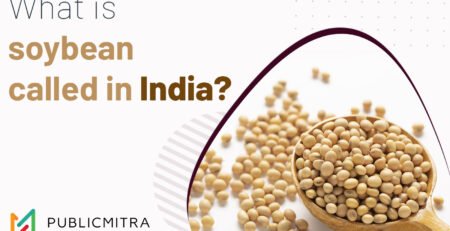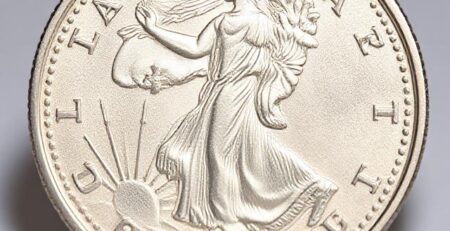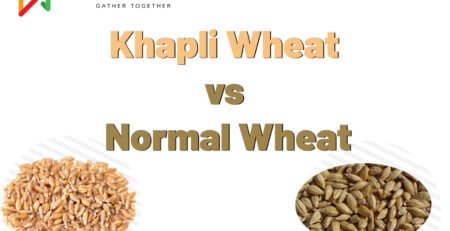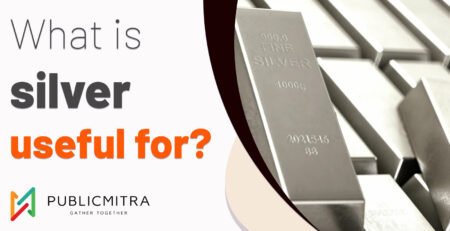Ultimate Guide to Ratti in Gold (2025): Ratti vs Carat vs Gram, Gold Rate & Loan Insights
Introduction
Gold plays an integral role in Indian culture, symbolizing wealth, purity, and tradition, especially during festivals, weddings, and religious ceremonies. For centuries, various measurement systems have been employed to assess gold and gemstones’ purity and value. Among these, Ratti, Carat, and Gram remain the most commonly recognized—but often misunderstood—units.
This article provides an in-depth exploration of what Ratti means in the context of gold, explains its historic and mathematical distinctions from Carat and Gram, and highlights the current relevance for anyone seeking to buy, sell, or pledge gold in India.
Table of Contents
- What is Ratti?
- Ratti vs Carat vs Gram: Understanding the Units
- Detailed Conversion: Ratti to Carat, Carat to Ratti, and Ratti to Gram
- How to Use Carat to Ratti and Gram Conversion Calculators
- Why Unit Conversions Matter: Buying, Selling, and Gold Loans
- Gold Rate Update: 2025 Indian Market
- Gold Loans: Using Gold as Collateral
- How Gold Loan Per Gram is Calculated
- Key Tips for Safe and Profitable Gold Transactions
- FAQs on Ratti, Carat, Gram, and Gold Loans
What is Ratti?
Ratti is one of the oldest Indian units of mass, used primarily for weighing precious stones and, at times, gold. Rooted in India’s ancient traditions, the Ratti is based on the weight of the seed from the Gunja plant (Abrus precatorius), which ancient jewelers and traders used as a reference for accuracy when balance scales were the norm.
- 1 Ratti ≈ 0.12125 grams
- 1 Ratti ≈ 0.182 grams (some traditional sources)
- Traditionally used for: Gemstone weights, Ayurvedic medicine ingredients, and select gold transactions
By comparison, gram and carat are now global standards, but Ratti is still widely understood and referenced in regional Indian jewelry markets.
Ratti vs Carat vs Gram: Understanding the Units
For clarity in both retail and investment, distinguishing between Ratti, Carat, and Gram is essential. Each serves a unique historical and practical purpose:
| Unit | Approximate Weight | Common Use | Origin |
|---|---|---|---|
| Ratti | 0.12125 grams | Gemstones, some gold | Indian, traditional |
| Carat | 0.200 grams (200 mg) | Gemstones, diamonds | Global standard |
| Gram | 1 gram | Gold, bulk weight metals | Global metric SI |
- Ratti: Culturally significant; still widely used in many local gemstone markets across India.
- Carat: The global metric for gemstones and diamonds, recognized in all international markets.
- Gram: The standard SI unit, now a cornerstone for trading gold worldwide.
Detailed Conversion: Ratti to Carat, Carat to Ratti, and Ratti to Gram
Understanding the exact conversion rates is vital for accurate valuation, investment, and resale purposes.
1. Ratti to Carat
- 1 Ratti ≈ 0.91 Carat
- 1 Carat ≈ 1.09 Ratti
2. Ratti to Gram
- 1 Ratti ≈ 0.12125 grams
3. Carat to Gram
- 1 Carat = 0.2 grams
Sample Conversion Table
| Unit | To Grams | To Carats | To Ratti |
|---|---|---|---|
| 1 Ratti | 0.12125 | 0.91 | 1 |
| 1 Carat | 0.20 | 1 | 1.09 |
| 1 Gram | 1 | 5.00 | 8.25 |
How to Use Carat to Ratti and Gram Conversion Calculators
Many online tools, especially those offered by trusted NBFCs and banks in India, allow precise conversion between Ratti, Carat, and Gram for both gemstone and gold transactions. These calculators are particularly helpful for:
- Translating gemstone weights for international valuation
- Converting gold ornaments measured in Ratti to their value in grams or carats
- Facilitating transparent buying, selling, and gold loan eligibility
Always cross-check values using reputable calculators that reflect standard conversion rates and current gold prices.
Why Unit Conversions Matter: Buying, Selling, and Gold Loans
Buying Jewelry or Gemstones
Understanding conversion ensures:
- Fair pricing: Jewelers sometimes quote prices in Ratti for traditional jewelry or gems, while buyers may be familiar with Carat or Gram.
- Comparability: Enables customers to accurately compare rates across shops and locales.
Selling or Pledging Gold and Stones
- Accurate conversion ensures that the seller or lender is not undervalued for assets, especially when price quotes are in different units.
Gold Loans
- Financial institutions often require the weight in grams to establish the gold’s value. If your ornament is weighed in Ratti, accurate conversion to grams is necessary for loan application.
Gold Rate Update: 2025 Indian Market
Gold rates in India fluctuate daily due to international market trends, currency exchange rates, and domestic demand.
| Purity | Rate per Gram (July 2025) |
|---|---|
| 24K Gold | ₹9,961 |
| 22K Gold | ₹9,131 |
Per Ratti Price
- 1 Ratti (24K): ₹1,661.75 (recent estimate; market rates vary daily)
Always verify these rates with reliable, up-to-date sources before making any transaction.
Gold Loans: Using Gold as Collateral
A gold loan is a secured loan where your gold objects serve as collateral.
Key Features
- Loan amount: Depends on gold purity and current market value.
- Purity test: Only gold of specified purity (like 22K or above) is eligible for maximum finance.
- Loan-to-Value (LTV) ratio: Up to 75% of gold’s value. For instance, if gold is ₹9,961 per gram, up to ₹7,470 can be sanctioned per gram as a loan.
- Interest rates: Vary between lenders; always compare.
- Repayment: Choose between EMI, bullet, and overdraft options for repayment.
How Gold Loan Per Gram is Calculated
Calculation Formula
Gold Loan Per Gram=Current Gold Rate per Gram×LTV RatioGold Loan Per Gram=Current Gold Rate per Gram×LTV Ratio
- Example: If the current gold rate is ₹9,961 per gram and the LTV offered is 75%:
- Gold Loan per Gram = ₹9,961 × 0.75 = ₹7,470.75
What Affects Loan Value?
- Purity of gold: Higher purity fetches higher loan.
- Market fluctuations: Gold prices change; so does your loan eligibility.
- Lender’s policies and fees: Different NBFCs and banks may have variable interest rates, fees, and processing charges.
Key Tips for Safe and Profitable Gold Transactions
- Always use standard and transparent units: Ensure weights are discussed in grams or carats for global compatibility.
- Verify purity and get valuation certificates: For both buying and pledging, this prevents undervaluation.
- Compare rates and LTV ratios: Especially important for gold loans; use trusted online calculators.
- Understand repayment options for gold loans: Choose what fits your financial planning.
- Stay updated with daily gold rates: Gold rates change frequently.
Frequently Asked Questions (FAQs)
1. Is Ratti still relevant in today’s gold market?
Yes, Ratti is still used for weighing gemstones in many traditional Indian jewelry markets, but official gold transactions usually use grams or carats.
2. Which unit is more accurate for gold: Ratti, Carat, or Gram?
The gram is the most accurate and globally accepted unit for gold. Carat and Ratti are primarily for gemstones.
3. How do I convert Ratti to grams or carats?
Use the standard conversions:
- 1 Ratti = 0.12125 grams
- 1 Ratti = 0.91 Carat (approximate)
4. How is the gold loan amount per gram determined?
It’s based on the current gold rate, purity, and the LTV ratio offered by your lender. Check the latest rates and policies from reputed banks or NBFCs for accuracy.
5. Are there online calculators for unit conversion and gold loans?
Yes, most established financial institutions and jewelry e-commerce platforms offer conversion and gold loan calculators on their websites for user transparency.
6. What factors should I check apart from gold rate when taking a gold loan?
- Interest rate
- Processing fee
- Loan term
- Repayment options
Conclusion
Grasping the distinctions between Ratti, Carat, and Gram is crucial for anyone engaging in India’s vibrant gold and gemstone trade. With precise conversion rates and an up-to-date understanding of the market, from gold buying to gold loans, you can confidently navigate every transaction—securing not just the best value, but also a piece of tradition and security for your future.
For further exploration, use reputable online tools for conversion and daily rate checking, and always consult leading NBFCs or banks for your gold-related financial needs.












